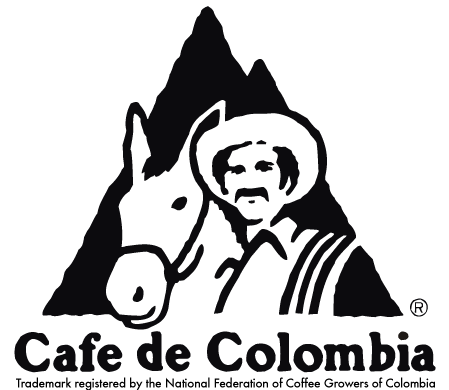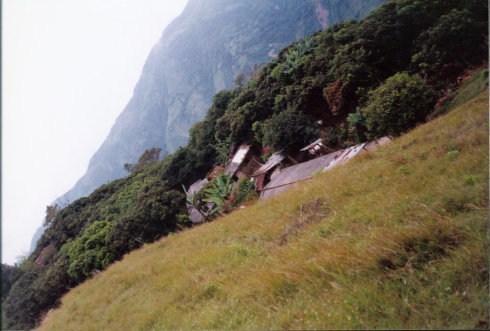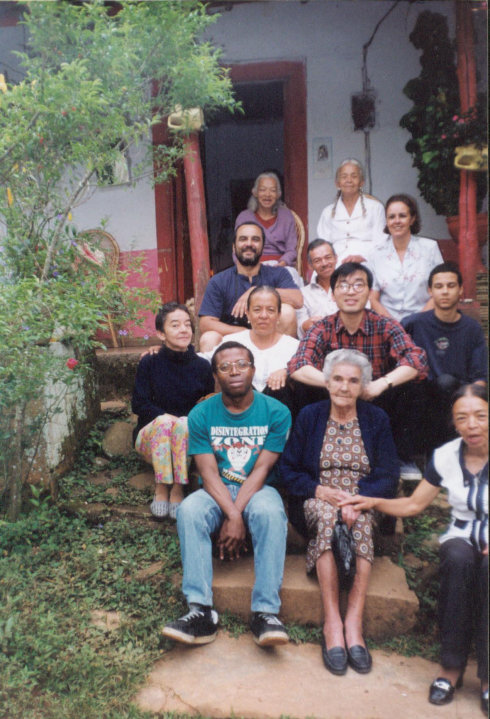Why is Colombian coffee the best?

I used to see the sign "Cafe de Colombia" on TV (mostly around the football field), showing a farmer in a dome hat holding a donkey with a triangular peak in the background. It was only after I came to Medellin that I learned that it was one of the few commercials produced and broadcast by the state in the world.
The history of coffee cultivation in Colombia can be traced back to the Spanish colonial era in the 16th century. It is said to have come from the island of Haiti in the Caribbean and by sea through El Salvador in Central America. Like other Latin American countries, the coffee breed in Colombia is mainly Arabica coffee (coffea arabica), that is, small fruit coffee, while the relatively large fruit coffee (coffea robusta) is mostly grown in Africa of origin, such as the famous Madagascar coffee. There are several varieties of small fruit coffee. Brazilian coffee, which has the largest output in the world, has larger seeds, stronger adaptability and high fruit yield; by contrast, the mild coffee produced in Colombia is a more high-quality variety, which is of course related to its special geographical location and climatic environment.
Coffee trees in Colombia are mainly cultivated in the Andes, on steep slopes about 1300 meters above sea level, where the annual temperature is about 18 degrees Celsius and the annual rainfall is 2, 000 to 3, 000 millimeters, which is very suitable for the growth of coffee and can be harvested regardless of season. This is why Colombian coffee is of high quality.
No matter in terms of yield or texture, Colombian coffee is first produced by Medellin, which is characterized by full granules, rich nutrition, moderate acidity, good balance, rich aroma and soft taste. In addition to Medellin, the capitals of two neighboring provinces in the south, Armenia and Manizales, are also famous coffee producers. They once belonged to Medellin's province of Andiquio, which had a Caldas football team and played in the last Toyota Cup. These three places form the world-famous "coffee zone".
In the New York futures market, Columbia Coffee takes the first letter of the above three cities as the name and adds the plural, namely MAMS. Although Colombian coffee is sold at a high price in the international market, it is relatively cheap to transport because it has both Pacific and Atlantic ports (which is unique in South American countries).

A family in the Andes. Photo taken by Tsai Tianxin
At the University of Andean, where I taught, there was a small card in every office that read "Coffee time". If the host went out temporarily, he would probably hang this sign at the door. This seems to be a legitimate reason, even for executives who are on duty. At any restaurant in Medellin, the free drink served by the clerk is coffee.
Sometimes, however, there is an option, aromatica, which means "fragrant" in Spanish, a special plant that gives off a peculiar fragrance in almost the same packaging as Lipton black tea. In my memory, "fragrance" is first of all the title of the Tahiti memoirs of the French painter Paul Gauguin.) At any supermarket in Medellin, there are all kinds of canned or bagged coffee, making it easy for me to buy before every trip, including a holiday back home, which used to be a headache. It is worth mentioning that when I went to Brazil, the "coffee kingdom", an old classmate in Rio de Janeiro asked me to bring some bags.
Coffee is so popular in Colombia that it has become indispensable material for writers like Garcia M á rquez. For example, coffee is mentioned in every chapter of "one hundred years of Solitude", which won him the Nobel Prize for literature. Chapter 5 someone mixed a dose of laudanum into the bride's coffee in order to obstruct the protagonist Colonel Aureliano Buendia's wedding. In chapter 6, in order to show the magic of the colonel, there is a description like this: "once his coffee was poisoned with brucine enough to poison a horse, and he survived."
Chapter 7 describes the mentality of the colonel before he was executed. "he was neither afraid nor nostalgic, but he could not help feeling on fire at the thought that this man-made death would make him unable to know the outcome of so many things that had given up halfway." Then the door opened and the guard came in with a cup of coffee. " In the Colonel No one wrote to him, which is said to be Garcia M á rquez's favorite novel, he portrays a poor and impoverished retired officer. Readers can feel this embarrassment from the very beginning. "the colonel opened the coffee box and found that there was only a small spoonful of coffee left."

Accompanied by colleagues from the university, the blogger visited the coffee farmers.
(excerpt from the blogger's memoirs of South America, by Cai Tianxin, Huacheng Publishing House)
China Coffee Trading Network: www.gafei.com
Important Notice :
前街咖啡 FrontStreet Coffee has moved to new addredd:
FrontStreet Coffee Address: 315,Donghua East Road,GuangZhou
Tel:020 38364473
- Prev

The Kingdom of Coffee-Brazilian Coffee
Brazil is famous all over the world for its high quality and strong taste of coffee. It is the largest coffee producer and exporter in the world, and is known as the "coffee kingdom".
- Next

Acute stomach bleeding caused by taking painkillers with coffee
It is not uncommon for busy white-collar workers to take drugs with drinks. Ms. Liu was busy with her business and took the painkiller ibuprofen (Fenbid) with coffee, resulting in acute stomach bleeding. Fenbid is a commonly used painkiller. Its component ibuprofen is a derivative of phenylacetic acid. Its acidic component has the effect of stimulating gastric mucosa, said Li Hongzhu, associate researcher at Tianjin Pharmaceutical Research Institute
Related
- Beginners will see the "Coffee pull flower" guide!
- What is the difference between ice blog purified milk and ordinary milk coffee?
- Why is the Philippines the largest producer of crops in Liberia?
- For coffee extraction, should the fine powder be retained?
- How does extracted espresso fill pressed powder? How much strength does it take to press the powder?
- How to make jasmine cold extract coffee? Is the jasmine + latte good?
- Will this little toy really make the coffee taste better? How does Lily Drip affect coffee extraction?
- Will the action of slapping the filter cup also affect coffee extraction?
- What's the difference between powder-to-water ratio and powder-to-liquid ratio?
- What is the Ethiopian local species? What does it have to do with Heirloom native species?

